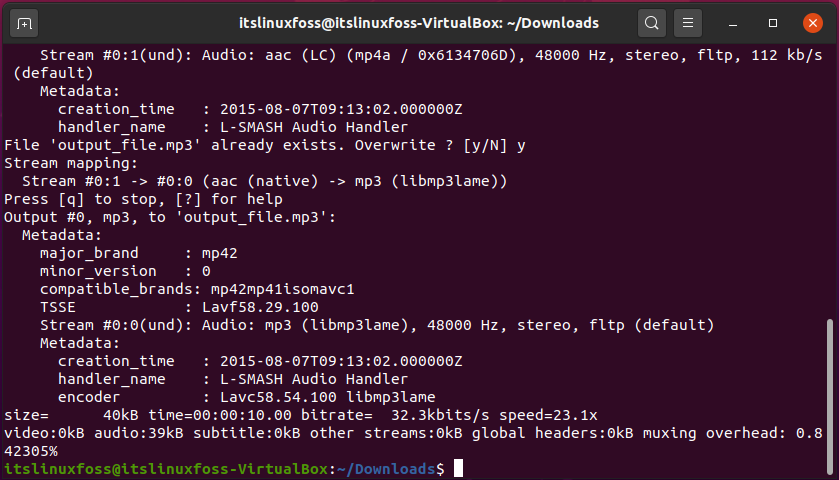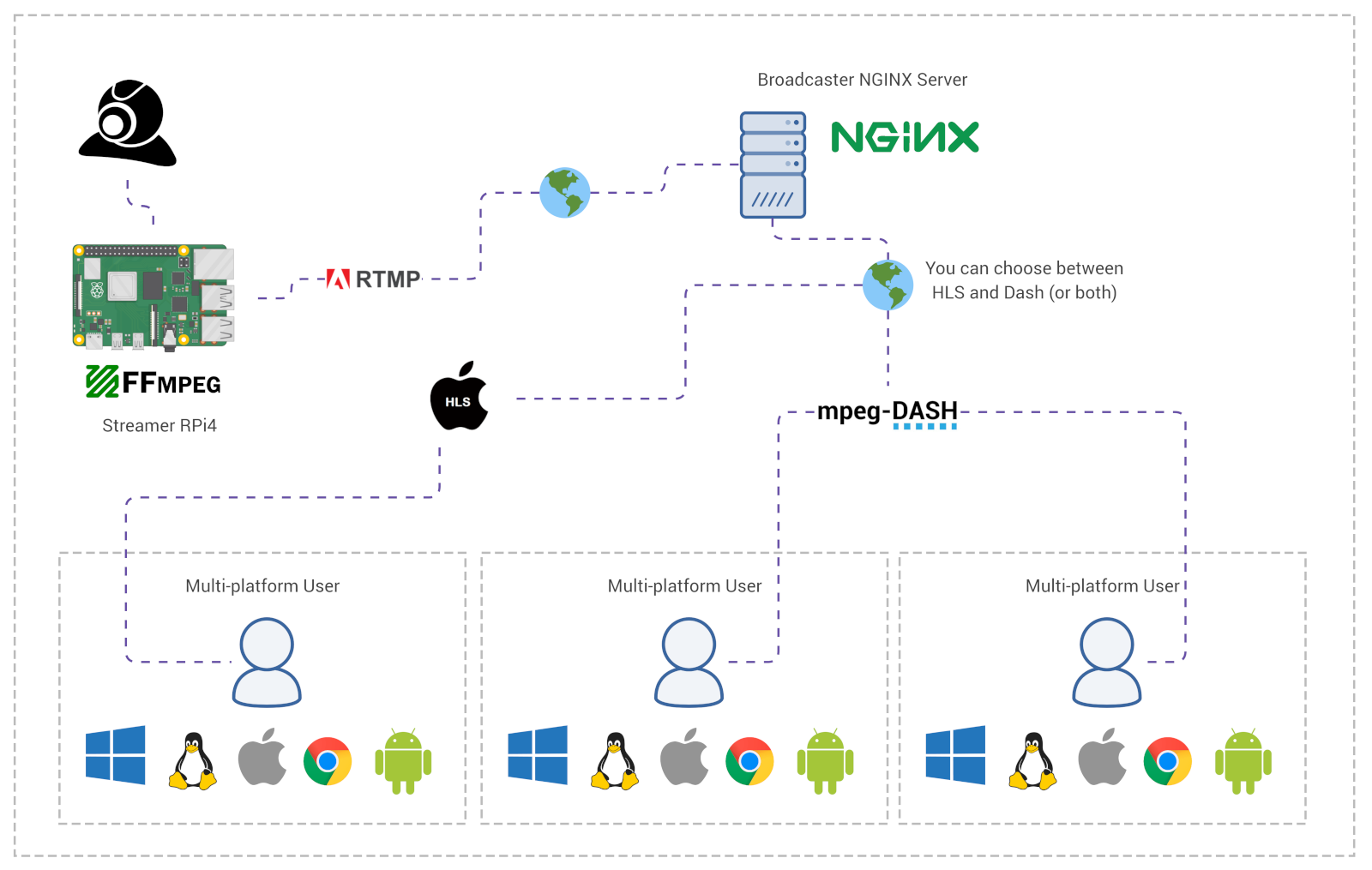

Now, you can concatenate them using the following FFmpeg command. each line starts with the keyword file and contains the path of the file within single quotes. In this example, both the files are in the home directory. Here is an example and let us call the list fileList.txt. Then, you need to supply this list to FFmpeg as a commandline parameter. First, you need to create a txt file with the names and paths of all the individual files that you want to concatenate. There are two steps to using this command. That is, they have the same height, width, pixel formats, codecs, etc. You can concatenate these files using the concat demuxer ( documentation) easily if their properties match.

Let’s say you have two files file1.mp4 and file2.mp4. Let’s start with the simplest use case which is to concatenate two mp4 files using FFmpeg.

Major Japanese Broadcaster, MBS, Selects TVU Networks’ Transmitters and Receivers for Live Video Production Red Bee Media and Who’s Watching TV (WWTV) advance strategic partnership through a new agreement with Advocado TCL MOKA selects ACCESS Browser solutions for its Smart TVs Women in Streaming – Interview with Carrie Wootten


 0 kommentar(er)
0 kommentar(er)
